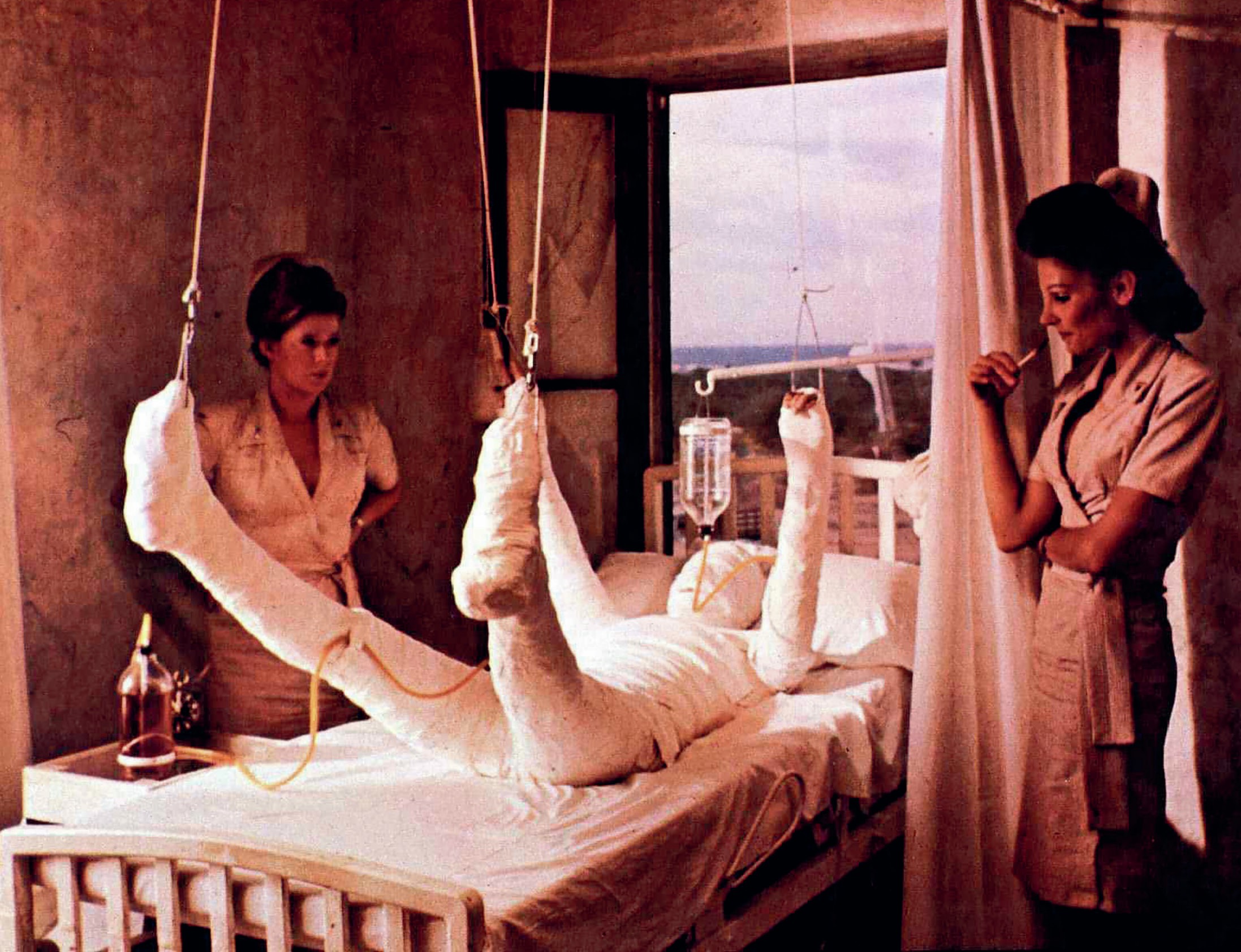
Joseph Heller (1923–99) drew upon his own experiences Joseph flying bombing missions in the Second World War to write his first and best-known novel. Set during war on a US airbase on a fictional Italian island, Catch-22’s non-linear third-person narrative splices together the experiences, memories and viewpoints of various eccentrics to explore the crazy world inhabited by combat pilot John Yossarian.
At first, critical opinion about Catch-22 was divided. The Sunday Times called the novel ‘repetitious and monotonous’ and ‘an emotional hodgepodge’ (unnamed critic in Heller 1994, Preface). Maurice Dolbier of the Herald Tribune hailed ‘A wild, moving, shocking, hilarious, raging, exhilarating, giant rollercoaster of a book’, but the New Yorker declared that it ‘doesn’t even seem to be written; instead, it gives the impression of having been shouted onto paper…what remains is a debris of sour jokes’ with Heller ‘wallow[ing] in his own laughter and finally drown[ing] in it’ (unnamed critic in Heller 1994, Preface). By 1968, however, the USA’s escalating involvement in Vietnam saw literature and culture collide with politics amid widespread public disquiet at the conduct of an increasingly unpopular war and the arrival home in body bags of thousands of very young conscripts.
Your organisation does not have access to this article.
Sign up today to give your students the edge they need to achieve their best grades with subject expertise
Subscribe




